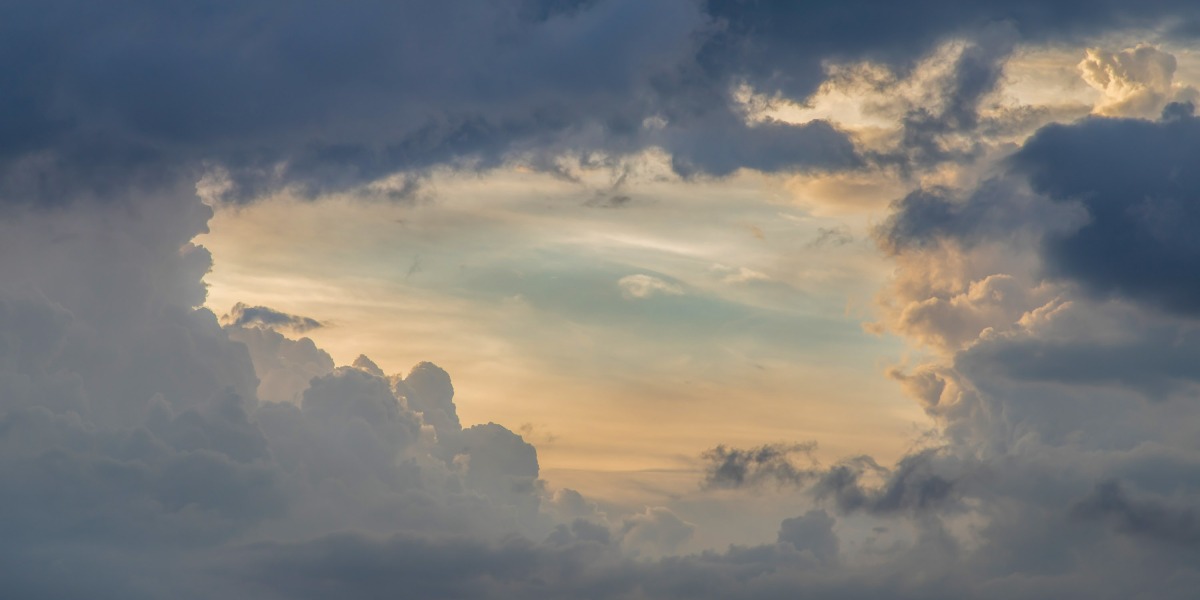
During the second flight in September of 2022, the smaller payload balloon burst about 15 miles above the Earth, as it expanded amid declining atmospheric pressure, releasing around 400 grams of the gas into the stratosphere. That may be the first time that a measured gas payload was verifiably released in the stratosphere as part of a geoengineering-related effort. Both balloons were released from a launch site in Buckinghamshire, in south east England.
There have, however, been other attempts to place sulfur dioxide into the stratosphere. Last April, the co-founder of a company called Make Sunsets says he attempted to release it during a pair of rudimentary balloon flights from Mexico, as MIT Technology Review previously reported late last year. Whether it succeeded is also unclear, as the aircraft didn’t include equipment that could confirm where the balloons burst, said Luke Iseman, the chief executive of the startup.
The Make Sunsets effort was widely denounced by researchers in geoengineering, critics of the field, and the government of Mexico, which announced plans to prohibit and even halt any solar geoengineering experiments within the country. Among other issues, observers were concerned the launches moved ahead without prior notice or approval, and because the company ultimately seeks to monetize such launches by selling “cooling credits.”
Lockley’s experiment was distinct in a variety of ways. It wasn’t a commercial enterprise. The balloons were equipped with instruments that could track flight paths and monitor environmental conditions. They also included a number of safety features designed to prevent the balloons from landing while still filled with potentially dangerous gasses. In addition, the group obtained flight permits and submitted what’s known as a “notice to airmen” to aviation authorities, which ensure aircraft pilots are aware of flight plans in the area.
Some observers said that the amount of sulfur dioxide released during the UK project doesn’t present any real environmental dangers. Indeed, commercial flights routinely produce many times as much.
“This is an innocuous write up or an innocuous experiment, in the direct sense,” says Gernot Wagner, a climate economist at Columbia University and the author of “Geoengineering: The Gamble.”
Public engagement
But some are still concerned that the effort proceeded without broader public disclosures and engagement in advance.
Shuchi Talati, a scholar in residence at American University who is forming a nonprofit focused on governance and justice issues in solar geoengineering, fears there’s a growing disregard in this space for the importance of research governance. That refers to a set of norms and standards concerning scientific merit and oversight of proposed experiments, as well as public transparency and engagement.
